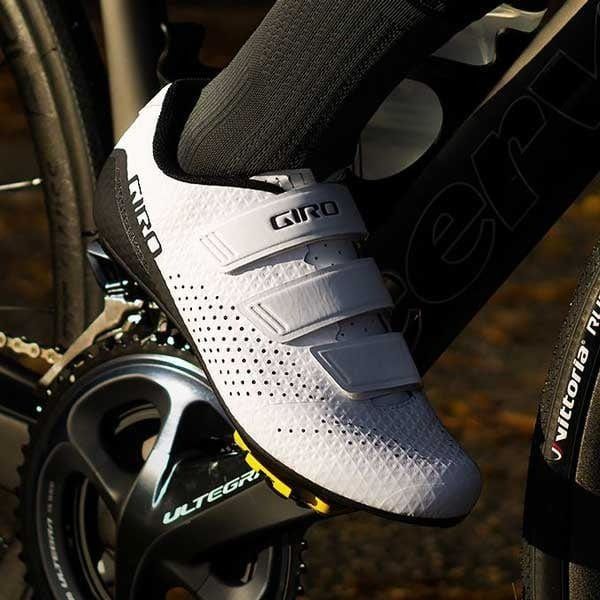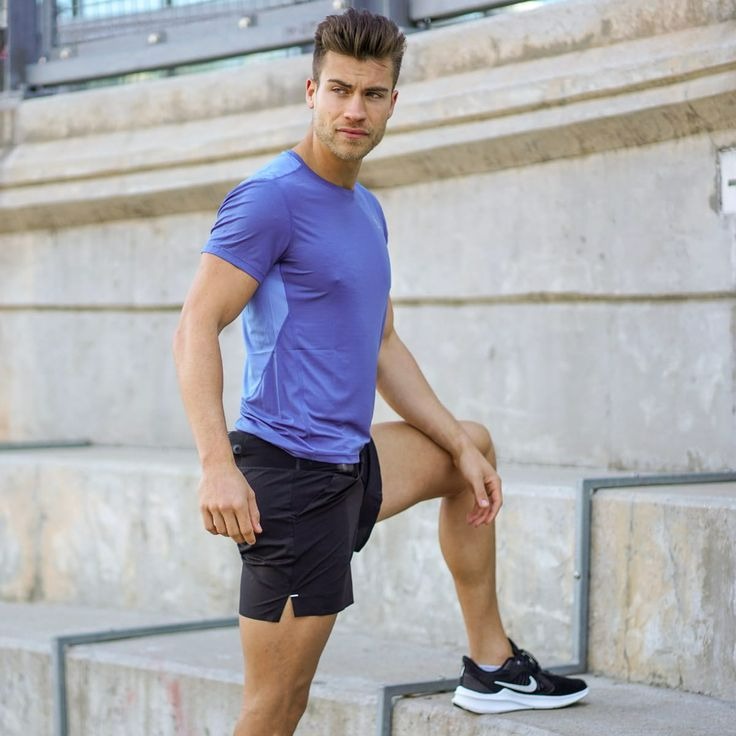The Importance of Proper Cycling Apparel
Proper cycling apparel is vital for both comfort and performance. This type of clothing is specifically designed to fit well on the body while riding. It can improve your efficiency on the bike. Quality cycling jerseys wick away sweat to keep you dry. They have rear pockets for snacks and tools. Cycling shorts with padding reduce saddle soreness on long rides. They provide much-needed support to your sit bones. Well-fitted cycling gloves can cushion your hands and prevent blisters. They also protect your palms in case of a fall.
A comfortable pair of cycling shoes enhances power transfer from your legs to the pedals. They lock your feet in place for better control. Light and breathable fabrics help regulate your body temperature. They keep you cool in summer and warm during colder rides. Reflective elements on clothing increase your visibility to motorists. This is especially important at dawn, dusk, or night. Wearing proper cycling gear helps reduce wind resistance. It makes your movements more aerodynamic. Overall, investing in the right cycling apparel is not just for the pros. It caters to the demands of cyclists at any level. It ensures a more enjoyable and safer ride.
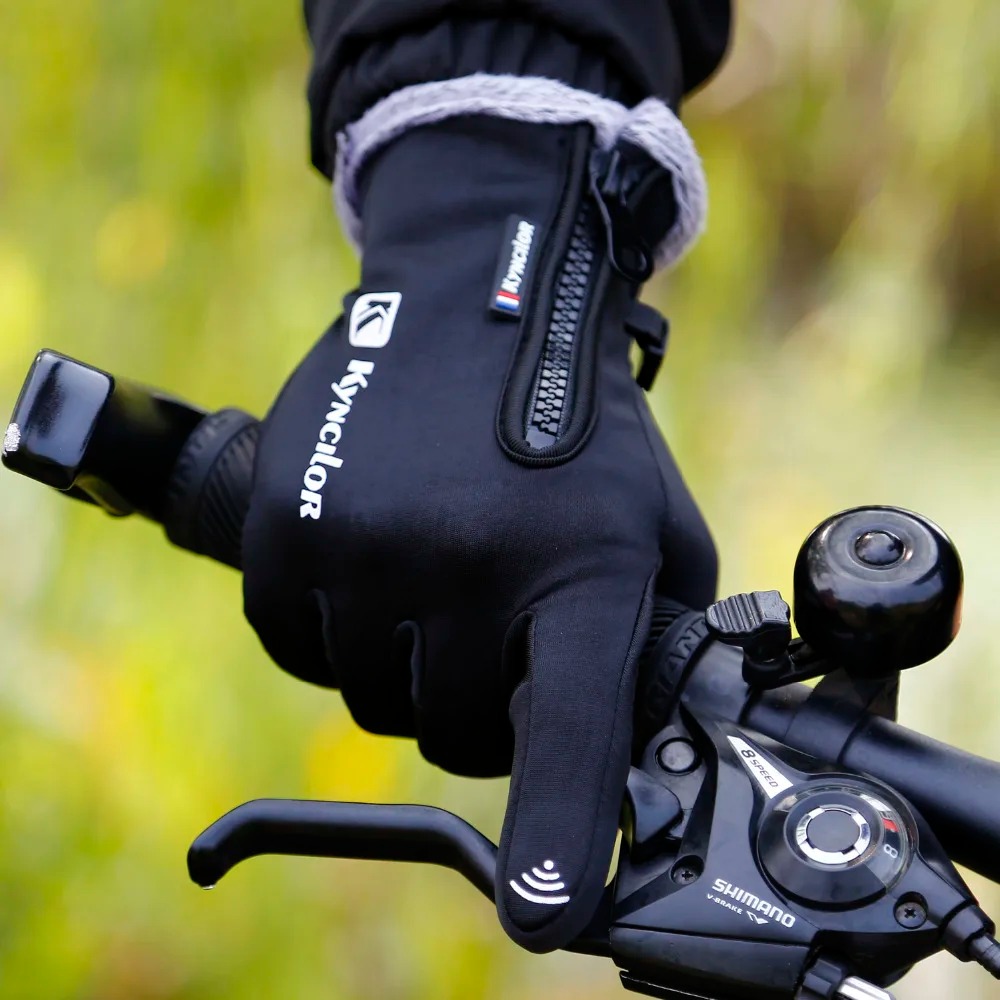
Essential Safety Gear for Cyclists
When cycling, safety gear is as crucial as the right apparel. Essential safety gear ensures you stay protected and visible on the road. Let’s delve into the must-have items every cyclist should own.
Helmets: Your First Line of Defense
A helmet is the most important piece of cycling gear for head protection. It cushions your head during falls and impacts. Choose a helmet that fits well and meets safety standards. Look for helmets with good ventilation to keep you cool.
Lights and Reflectors: Be Seen at All Times
Visibility to others, particularly motorists, is vital. Equip your bike with front and rear lights. Use reflectors on your bike and clothing. LED lights and high-visibility vests can make a huge difference in low-light conditions.
Eye Protection: Shielding Your Vision
Glasses protect your eyes from the sun, wind, and debris. Opt for ones with UV protection and shatterproof lenses. Glasses with interchangeable lenses adapt to various light conditions.
Protective Pads and Armors: Extra Safety for Rough Rides
For mountain biking and rough terrains, consider extra protection. Elbow and knee pads can prevent scrapes and bruises. Body armor and padded shorts give extra cushioning.
Gloves: Guard Your Hands
Gloves are essential for comfort and protection. They improve grip on the handlebars and cushion your palms. In an accident, they protect your hands from cuts and abrasions.
Every piece of safety gear plays a role in a cyclist’s defense system. Investing in high-quality cycling gear is essential for a safe riding experience. Remember to check and maintain your safety gear regularly to ensure it remains effective. Keep your focus on the journey ahead with the assurance of safety by your side.
The Cyclist’s Toolbox: Maintenance Gear You Need
Having the right maintenance gear can mean the difference between a quick fix and a long walk home. Here’s what should be in every cyclist’s toolbox.
Essential Tools for Minor Repairs
Every cyclist needs a basic set of tools for on-the-road adjustments and repairs. You should always carry a multi-tool with various hex keys, screwdrivers, and a chain tool. Don’t forget tire levers for those inevitable flat tire moments. A small hand pump or CO2 inflator is essential to get you rolling again. Spare inner tubes or a patch kit are also must-haves. Keeping a compact tool kit with you ensures you can handle most minor issues that arise.
Regular Maintenance Equipment
For regular bike maintenance at home, invest in a good quality floor pump with a pressure gauge. Accurate tire inflation is crucial for efficient riding. A set of wrenches, cable cutters, and a pedal wrench will help you perform basic tune-ups. A chain checker tool is handy to measure chain wear. This helps prevent damage to other drivetrain components. Cleaning brushes, chain lube, and degreaser keep your bike running smoothly. With these tools, you can keep your bike in top condition and help prevent breakdowns during rides.
Maintaining your cycling gear is an essential part of the cycling experience. With the right tools, you can ensure your bike performs well and lasts longer. Plus, being able to fix your own bike is satisfying and can save you money in the long run. Make sure to learn how to use all your tools properly. Practice regular maintenance to become self-sufficient and increase your cycling enjoyment.
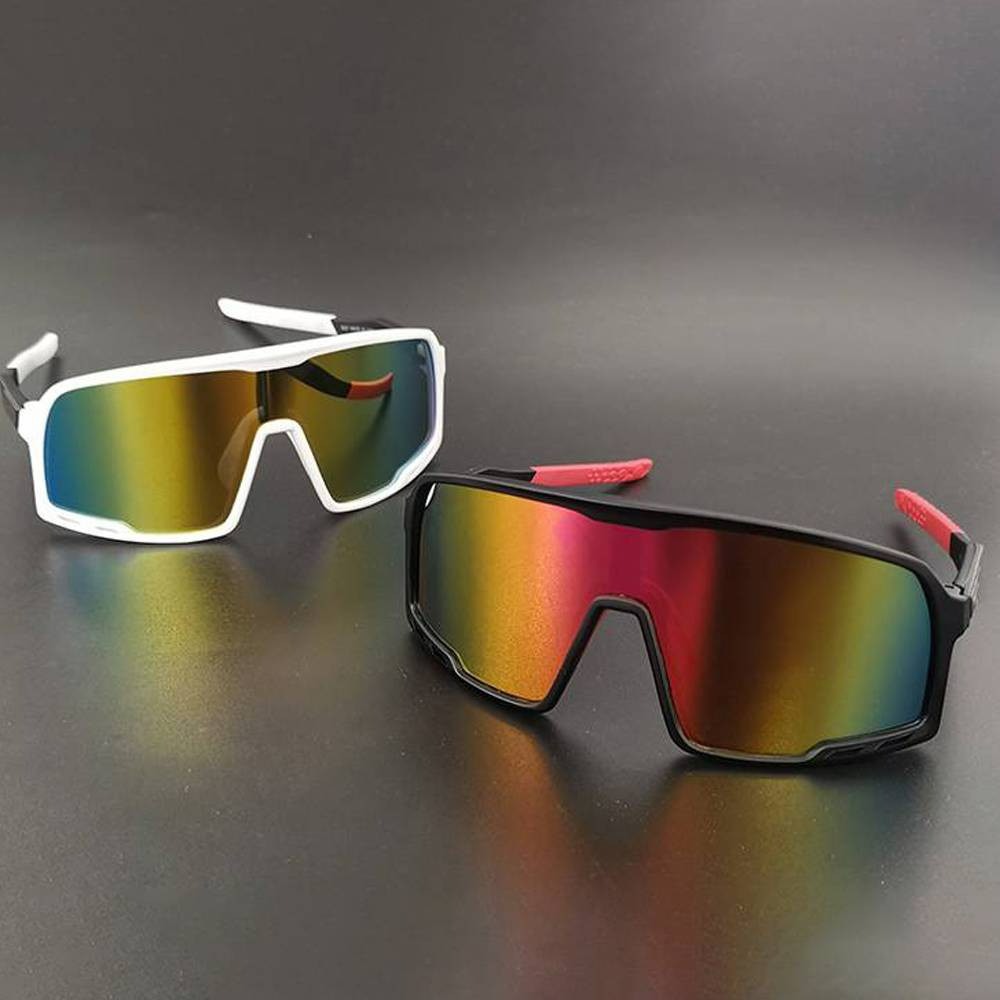
Navigational tools are crucial for long-distance cycling. They guide you through unfamiliar routes and track your progress. Here are the essential navigational items you need:
GPS Devices: Your Route Guide
GPS devices offer real-time mapping and directions. They’re a top choice for route guidance. Many have features like turn-by-turn navigation and route recording.
Cycle Computers: Monitor Your Metrics
Cycle computers track your speed, distance, and time. They provide valuable data to optimize your performance.
Smartphone Mounts: Stay Connected
A smartphone mount keeps your phone visible and secure. You can use cycling apps and maps without stopping.
Paper Maps: The Reliable Backup
Always carry a paper map as a backup. Technology might fail, but a map is always dependable.
Compass: Directional Assurance
A compass is a simple tool that works everywhere. It’s useful when electronic devices lose signal.
For long-distance riders, these tools enhance navigation and safety. They help you to focus on the journey and the joy of cycling. Choose the options that best suit your needs and preference.
Hydration and Nutrition: On-the-Ride Essentials
Keeping hydrated and well-nourished is critical during your cycling journey. To maintain your energy levels and avoid dehydration, here are the essentials you should carry with you:
Hydration Packs and Water Bottles
Secure a water bottle to your bike or bring a hydration pack. These allow for easy access to water without stopping. Choose bottles that fit snugly in your bike’s bottle cage. For longer rides, hydration packs with larger capacity are ideal.
Electrolyte Drinks and Tablets
Sweat drains your body’s electrolytes. Replenish them with electrolyte drinks or tablets. These help prevent cramps and keep you energized.
Energy Bars and Gels
Pack energy bars or gels for quick nutrition. They are light, easy to consume and provide a fast energy boost. Select bars that offer a balance of carbs, protein, and fats.
Portable Snacks
Bring portable snacks such as bananas, nuts, or trail mix. These are easy to eat on the go and help sustain your energy levels.
Meal Replacements
For very long rides, consider meal replacements. Shakes or bars designed as meal replacements can sustain you when a full meal isn’t possible.
Staying fueled with the right hydration and nutrition is essential for your cycling performance. Plan your intake before the ride and listen to your body’s signals. Regularly sip water and snack to keep your energy consistent throughout the ride.
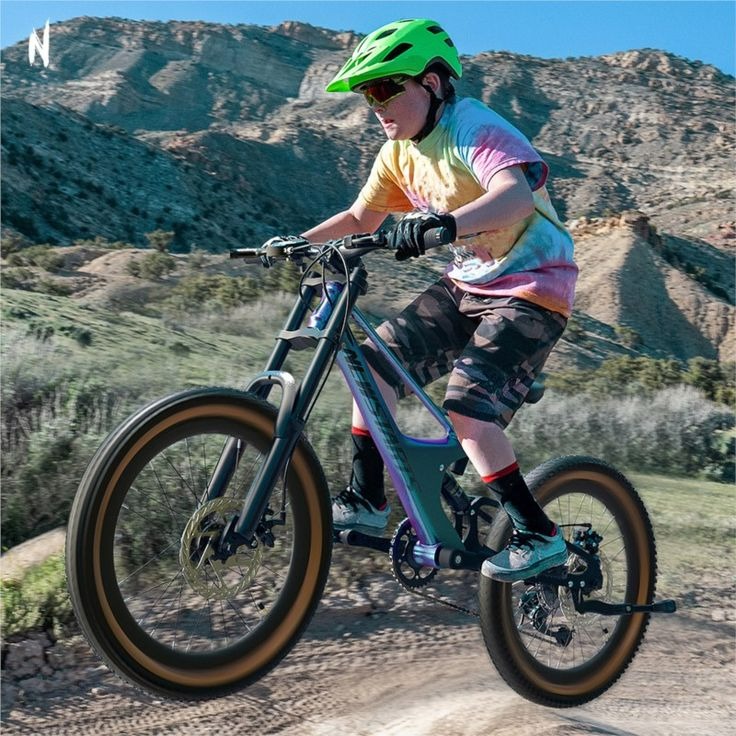
Weather Protection: Gear for All Conditions
Cycling in various weather conditions requires the right gear. You need to stay comfortable and safe. Here are essentials for weather protection:
Waterproof Clothing: Stay Dry When It Rains
Wear waterproof jackets and pants. They keep you dry in the rain. Look for breathable options to avoid overheating.
Windbreakers: Combat the Chilly Gusts
A lightweight windbreaker is ideal for descents and windy days. It protects against the chill without being bulky.
Thermal Layers: Keep Warm in the Cold
Add thermal base layers under your cycling apparel on cold days. They trap warmth and wick sweat away.
Arm and Leg Warmers: Flexible for Changing Temperatures
Arm and leg warmers are great for cooler mornings. They can be removed easily as the day heats up.
Cycling Caps and Headbands: Shield Your Head
Cycling caps fit under helmets and shield your eyes from rain. Headbands keep your ears warm without overheating your head.
Insulated Gloves and Socks: Protect Your Extremities
Cold hands and feet can spoil a ride. Insulated gloves and socks keep your extremities warm.
By wearing the right weather protection gear, cyclists can tackle any conditions. Make sure your gear is reflective for visibility. Adapt your layers to the weather, and enjoy your ride. Always remember to check the forecast before heading out.
Tech Gadgets and Accessories for the Modern Cyclist
The modern cyclist’s journey is not just about the ride. It’s about the experience. Tech gadgets and accessories can enhance this experience. Here’s a rundown of items that add convenience, comfort, and a bit of fun.
Smart Helmets: Safety Meets Technology
Smart helmets do more than protect. Some feature built-in speakers and microphones. This lets riders take calls hands-free. Others come with rear-facing cameras to record the ride or see traffic behind you.
Bike Computers: High-tech Performance Tracking
Bike computers provide detailed data on your ride. Look out for ones that show speed, distance, and elevation. They can sync with heart rate monitors for a full fitness report.
Action Cameras: Capture Every Moment
Mount an action camera to your helmet or bike. Record your rides to share or revisit your adventures. Many are waterproof and rugged, perfect for all-terrain cyclists.
Power Meters: Train Smarter
Power meters are for serious training. They track how much power you exert on the pedals. This can help improve your riding technique and strength.
Rearview Radar: Know What’s Behind
Radar devices attach to your seat post. They alert you when cars are approaching from behind. This can be a lifesaver on busy roads.
Cycle Trainers: Train Indoors
Bad weather can’t stop your training with a cycle trainer. These let you use your bike indoors. Many can connect to apps for interactive training sessions.
E-Bike Conversion Kits: Upgrade Your Ride
Transform your regular bike into an e-bike. Kits come with a motor and battery. They boost your cycling power, making hills and long rides easier.
By integrating these tech gadgets and accessories, cycling becomes more than exercise. It becomes a connected, immersive experience. Modern cyclists can enhance their rides, track their progress, and stay safe with the latest innovations in cycling gear.
Choosing the Right Cycling Gear: Fit and Functionality Tips
When it comes to cycling gear, fit and functionality are key. Here are tips to make sure you choose the right equipment.
Start with the Basics
Begin with fundamental pieces. A well-fitting helmet, gloves, and padded shorts are essential. Ensure they are snug but not too tight.
Consider the Fabric
Choose breathable and moisture-wicking fabrics. They help regulate temperature and keep you dry.
Check the Fit
Try on gear before buying. Make sure it’s comfortable and doesn’t limit movement. Cycling apparel should fit close to the body.
Look for Versatility
Opt for gear with multiple uses. Items like convertible jackets are practical for various weather conditions.
Prioritize Safety Features
Select gear with reflective elements and bright colors. They improve visibility on the road.
Test Gear Functionality
Ensure pockets are accessible while riding. Test if zippers can be operated with one hand.
Reflect on Personal Needs
Consider your riding style and climate. Select gear suited to your specific cycling conditions.
By following these tips, you’ll have cycling gear that fits well and meets your riding needs. This enhances comfort, performance, and safety on your cycling adventures.
